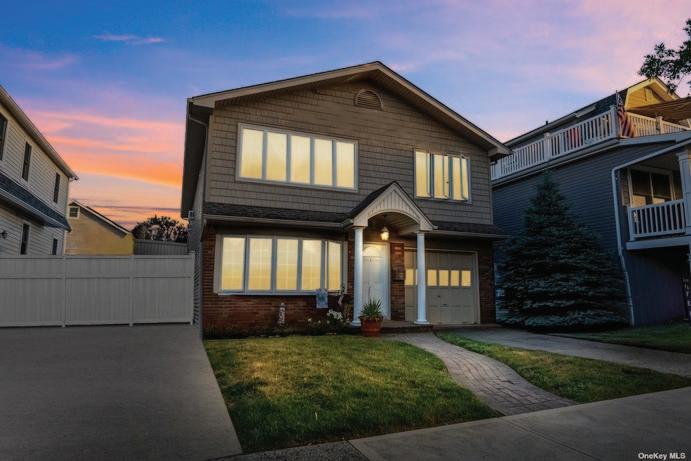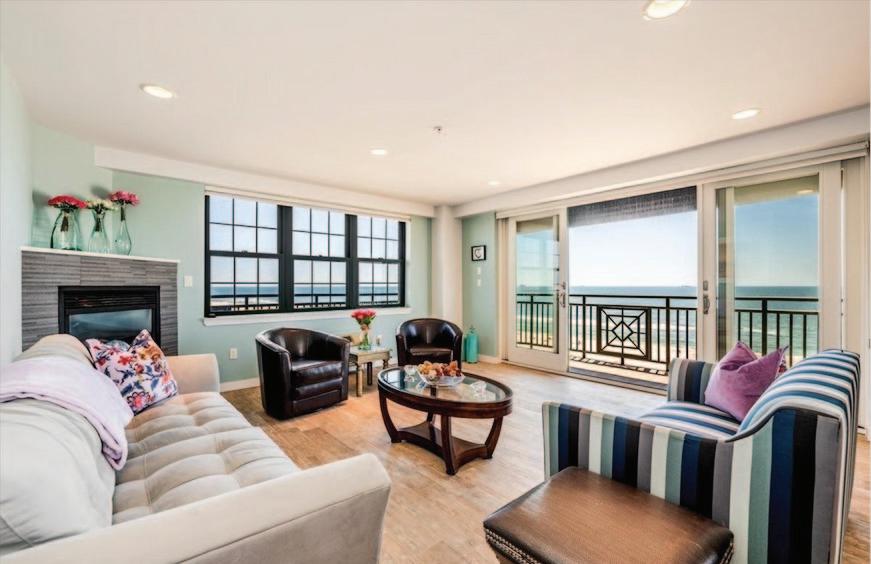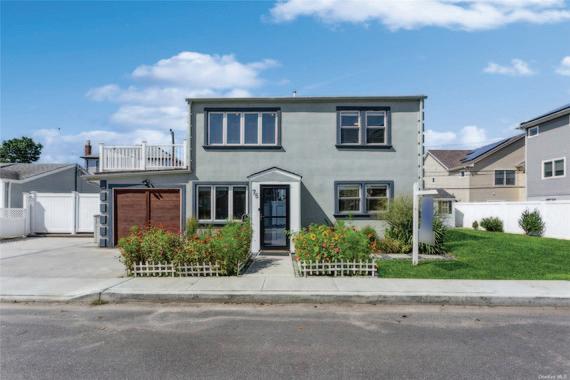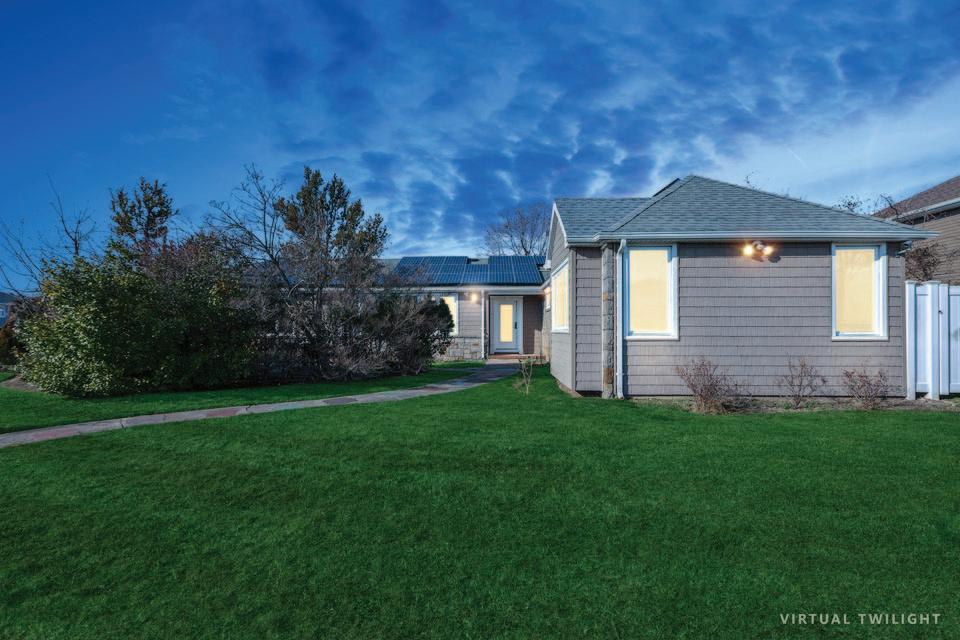


































































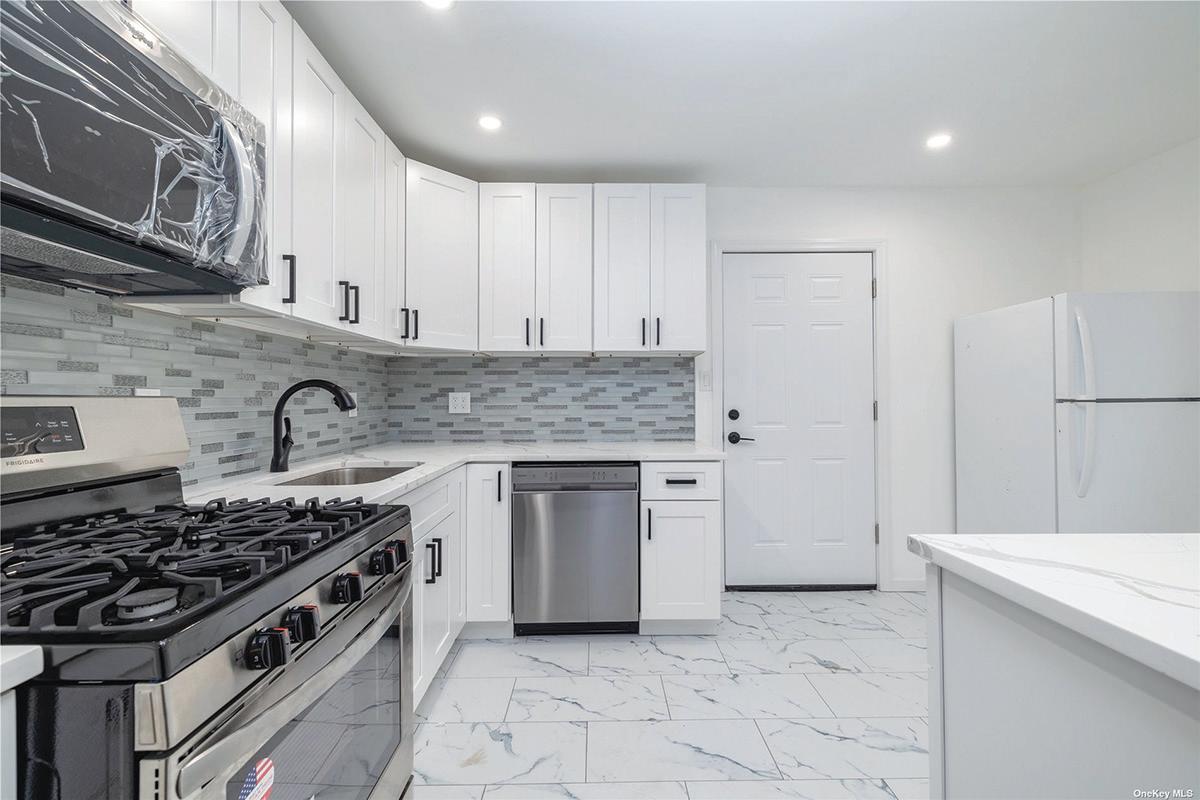
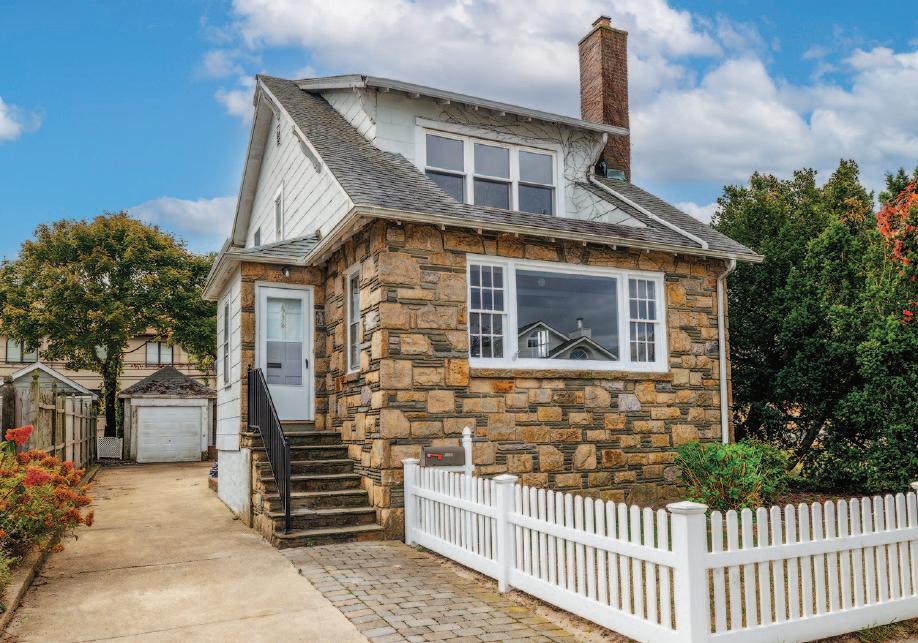






















































































































By Chandra Orr
hether framing a seating area or accenting the master suite at the foot of the bed, area rugs are a natural choice for pulling together the look of a room - and natural and eco-friendly fibers offer plenty of inspiration.
From bamboo and seagrass to sisal and coir, natural fibers are durable, stylish, sustainable and environmentally friendly — and they’re an affordable way to makeover any decor in an instant.
“Area rugs, like jewelry, are accessories that can be continuously updated and interchanged with little investment,” said Emily Morrow, director of color, style and design for Shaw Industries, a leading carpet and rug manufacturer. “They offer variety and flexibility. They allow personality and individuality to prevail without a commitment.”
Like a bracelet that makes a basic black dress pop, area rugs add a well-needed dose of color, pattern and texture to break up bland wall-to-wall carpeting and define a room — and the natural hues, organic textures and classic weaves found in natural rugs perfectly compliment virtually any decor.
“From a design perspective area rugs are necessary, and they do one thing well — they define a space,” said interior designer Scott Thomas of Thomas-Somero Design. “They let the eye know that a particular space is there for a specific purpose.”
Natural materials are nothing new, but they are seeing a new surge in popularity thanks to the growing green movement.
“Sustainable and organic materials have been used in flooring for decades,” said designer Debbie Wiener of Designing Solutions. “Organic cotton, New Zealand wool, sisal, bamboo, coir and grass mats all come from sustainable sources.”
Before you buy, consider the following eco-friendly options.
Bamboo is a natural choice for sustainability. It grows an astonishing 8 to 12 feet per year and thanks to its robust root system, it’s abundant as well. For every mature stalk harvested, multiple new shoots grow in its place. Bamboo is naturally resistant to water, mold, mildew and insects. It’s also naturally antibacterial

and antimicrobial.
Seagrass is derived from tropical salt marsh grasses indigenous to China. It is one of the most stain-resistant and durable natural fibers available.
Seagrass is generally not dyed, allowing the natural variations in color and texture to show through. The blonde fibers have a slight green hue that fades over time as the grass ages.
Sisal, prized for its strength and durability It is derived from the Agave sisalana cactus plant and commonly harvested in Africa and Brazil. Sisal stands up to abrasion and performs well in high-traffic areas. Sisal is also naturally resistant to dust and static. Avoid sisal rugs for entryways and spill-prone areas as fibers expand when wet, unless treated with a sealant.
Organic wool, grown without pesticides or fertilizers, is stronger than cotton and more insulating than plant-based fibers. The naturally occurring lanolin in wool acts as a waterproofing agent, making it resistant to moisture and stains. As a result, wool wears well and offers optimal comfort.
And, unlike many plant-based fibers, wool readily accepts color. Look for rugs tinted with natural, organically grown vegetableand soy-based dyes.
Coir, a fiber extracted from the outer shell of coconuts, offers unsurpassed durability. Brown coir, taken from fully ripened coconuts, offers high abrasion resistance and has long been a staple in welcome mats and outdoor rugs. White coir, taken from immature coconuts, is smoother and finer and generally spun into yarn to make woven mats. Natural oils in coir make it insect- and waterresistant.
<bold>Recycled nylon may not come straight from Mother Nature, but the latest nylon rugs are surprisingly eco-friendly and multipurpose. <bold>Nylon is one of the most widely used materials in rugsand for good reason. It’s strong, durable, resilient to matting and wear and generally stain-resistant. It’s also quite versatile. From dramatic large-scale patterns to bold colors, nylon rugs come in myriad designs and color schemes.
By Diane Schlindwein
f autumn has inspired you to spruce up your home for upcoming indoor entertaining, chances are you’ve been looking around the house and thinking, “I really need to get organized.”
Even if your fall schedule seems filled to the brim, now is a great time to clean up that clutter, says professional organizer Samantha Buck, the owner of LifeOrganizeIt.com. “Being organized brings a sense of calm in an otherwise chaotic world,” she says. “We feel in control of our environment if things are neat and orderly.”
Sally Sevener, who owns an organizing service, agrees and recommends using the SPACE formula — sort, purge, assign a home, containerize and equalize.
“I’m also a fan of containers, as long as you don’t buy them too soon,” she says. “By getting rid of things, you’ll free up some of the bins and baskets you already own.”
In the closet No matter what size your closets are, they need to be organized properly, Sevener says. Tackle your closets by cleaning out clothing that doesn’t fit, is hopelessly out of style or that you simply never wear. If you haven’t worn it in a year or two, give it away or recycle it into cleaning rags.
Although many closets only have one clothes rod, most have room for a second rod under the first one. Hang the clothes you wear less often — or those that are out of season — on the lower rod.
“I like the closet systems that you can get,” Sevener says. “I think it is good to use see-through plastic containers (for shoes, smaller items and sweaters). That way, you can see what’s in them.” Put items you use all the time where you can reach them easily, preferably between waist and shoulder height.
Kitchens are the heart of the home
Most of Sevener’s clients request that she help organize their kitchens. “I mostly help people rearrange cabinets,” she says. “Sometimes you can find extra space just by doing that. You also don’t need 20
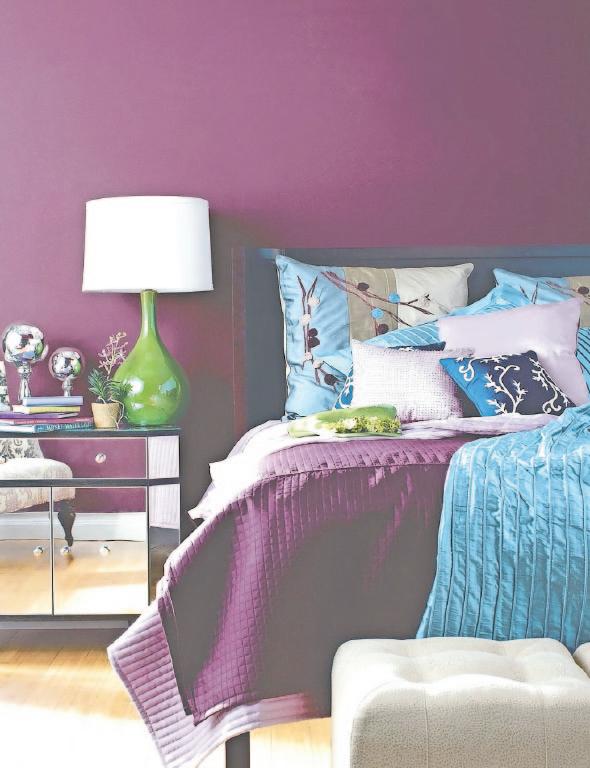
The secret to choosing just the right scheme
By Diane Schlindwein
Giving your window treatments a style makeover is With cooler weather bringing people indoors and the holidays just around the corner, many folks are ready to spruce up their home’s interior. However, when it comes to picking a new color scheme, some homeowners just don’t know where to begin.
After over 30 years in the design business, paint expert and designer Dana Pfeiffer has explaining color down to a science. She speaks of a color wheel and says color comes in a variety of schemes — for example, monochromatic, complementary, analogous and triadic. Pfeiffer, who co-owns a design business called Pholishus, explains the monochromatic color scheme is any one color on the color wheel used on most every room surface. “This color can be different shades in a room to offer variance,” she says.
Complementary color is a pair of colors that are opposite one another on the color wheel, such as blue and yellow, red and green, salmon and teal, violet and apple green. Some decorators prefer a split complementary color scheme, which is one main color and two opposite colors, such as using blue as the main color and adding yellow and orange.
Analogous colors are colors that are adjacent to each other, such as green, yellow and orange or blue, purple and red. Finally, the triadic color scheme uses three colors that are equally spaced on a color wheel, such as purple, teal and orange.

coffee mugs or stacks and stacks of plastic cups for your kids.”
It is OK to have a junk drawer, according to Sevener. “I have a junk drawer in my kitchen,” she says. “But you have to clean it out once in a while.”
When it comes to counter space, most people have too much stuff sitting around. “When you have a kitchen, you need that work space to cook,” Sevener says. “I’m not a fan of having small appliances sitting out. I think you need a toaster and a coffeepot on the counter; that’s about it.”
Help the kids to declutter
Keeping your kids’ stuff organized is important, too. “Kids need what I call a ‘landing spot,’ and if you’re lucky enough to have a mudroom that’s big enough, then use this space,” Buck says. “I have to use an area in the garage right outside the door. In it I have cubbies for every kid that keep their backpacks, shoes and whatever
else they have to grab on the way out the door.”
Rethink your home office
Even if you don’t use it every day, having an organized home office space makes life easier. George Coontz, owner of The Organized Home, says many of his customers are interested in arranging a home office space. “In this economy, we’ve found that more people are now working from home. They want a well-organized office space.
“Also, we as a society are aging. We work with a lot of baby boomers who have children who are grown, and they’ve always had several bedrooms but no office,” he says. “Now they want to create that home office space.” However, Coontz says, those same people want to welcome grown children and grandchildren during the holidays or on summer break.
“They still need a place for kids when they come home. That’s why we carry Murphy beds in several sizes that can come out either horizontally or vertically,” he says. Murphy beds are contained in a metal frame that is built in with a special cabinet system.
What’s in the garage: make room for the car
If your garage is so crowded that your car is parked in the driveway, you should really get it out of the elements once and for all. Loren Kunz of Gorgeous Garage recommends sorting through your stuff, eliminating excess items and then installing a garage storage system.
Kunz sells Monkey Bars, a system that has a storage weight capacity of 1,000 pounds for every 4 feet of storage space. Kunz says to use high shelves for things that you don’t use very often. The Monkey Bars hanging system allows you to hang tools in multitiered layers. For example, in fall and winter, rakes, shovels and ice picks should be hanging in the front.
“As you can see, being organized reduces stress levels,” Buck says. “Besides, it’s nice to be able to find what you need when you need it
“Most paint stores have colors pre-selected in these schemes, which makes it easy to select a color,” says Pfeiffer. “You would just need to have your favorite color in mind and the sample books will do the rest for you. However, a color scheme offers a guideline for your project.”
Pfeiffer says the monochromatic color scheme is the easiest to work with. “A monochromatic color offers you different shades or tints of a basic color you choose, such as green — apple green, dark green and light green,” she says. “It is recommended that color flow throughout your home or office as it creates a harmonious atmosphere.
“This is where you can get more technical in your color and venture into the complementary, triadic and analogous color options,” she says. “All this starts with one color that could be your favorite.”
Pfeiffer says one of the today’s most popular color combinations mimics the autumnal colors of nature. “A color scheme that is popular right now consists of burnt orange, a shade of red with accents of brown and a soft yellow,” she says.
“These are earth tones and they tend to be the most popular. The scheme would be termed analogous as they are adjacent to each other on the color wheel and usually one of those colors is the dominate color like the burnt orange with red, yellow and brown as the accents.”
In his book “Texturing and Painting” (New Riders Press, $55), author and decorator Owen Demers gives other examples of analogous colors.
“Think of purple, blue and magenta colors in a twilight sky or the yellows, golds and oranges in an Arizona desert. A pine forest has light greens to blues and purples within it depths.”
Sometimes a person’s house dictates it’s decorating. “Modern homes tend to have contrasting colors that are bold, such as complementary or triadic color. Simple bold colors are red, black and white,” Pfeiffer says. The split complimentary colors for a modern home could be blue, orange and yellow. The triadic colors might be purple, orange and dark teal.
“Older homes tend to enjoy the earth tones as it lends to the traditional atmosphere, such as reds, burnt orange and soft yellows,” she continues. “Some of the neutral colors used more frequently in older homes are off-white (cream) and brown. These colors are softer.”
No matter what kind of homes they occupy, some individuals feel uncomfortable working with color. “Most people get overwhelmed with color after the monochromatic scheme,” Pfeiffer says. “This is where a professional color consultant can just spend an hour and have your whole scheme available to you.”
That’s why homeowners who begin to feel overwhelmed with a project really should consider asking for a little assistance, Pfeiffer concludes. “If you want a more sophisticated scheme, paying a professional for an hour is well worth your time and money for that designer look.”
